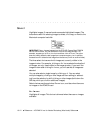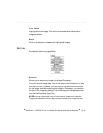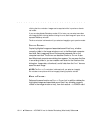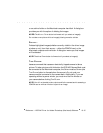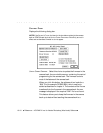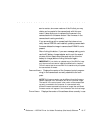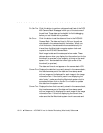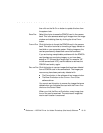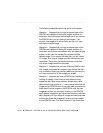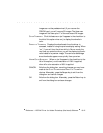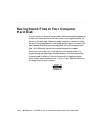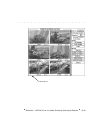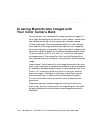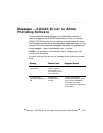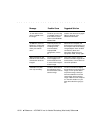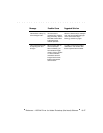
. . . . . . . . . . . . . . . . . . . . . . . . . . . . .
10-20 Reference — KODAK Driver for Adobe Photoshop (Macintosh) Software
The following examples explain the action of this button.
Example 1.
Suppose that you have a camera back with a
PCMCIA card capable of storing 26 images, and that you
have taken ten pictures and then deleted one. If you recover
the PCMCIA card, you will have all ten images — the
original nine images will still be there, and you will have
recovered the tenth image.
Example 2.
Suppose that you have a camera back with a
PCMCIA card capable of storing 26 images, and that you
have taken ten pictures, have deleted one, and taken another
picture. In this case, the newest picture overwrites the
deleted image. If you recover the hard disk, you will obtain
10 images, nine original images, plus the latest picture you
have taken. The picture you deleted that was overwritten
with a new image cannot be recovered.
Example 3.
Suppose that you have filled the PCMCIA card
with images, and erased all images. If you recover the disk
with this button before you take any additional pictures you
will have recovered all of the images you erased.
Example 4.
Suppose you have a PCMCIA card capable of
holding 26 images. Over time you have taken pictures,
erased the disk, taken more pictures, deleted some, taken
additional pictures, and so on — never having more than 20
images on the PCMCIA card. As you take new pictures while
there are still active images on the PCMCIA card, the new
images are written into an empty location on the PCMCIA
card; deleted images that are overwritten become unrecover-
able. Suppose you now delete all images and take three new
pictures; the three new images will overwrite three images
on the PCMCIA card. (The exact location of the overwritten



